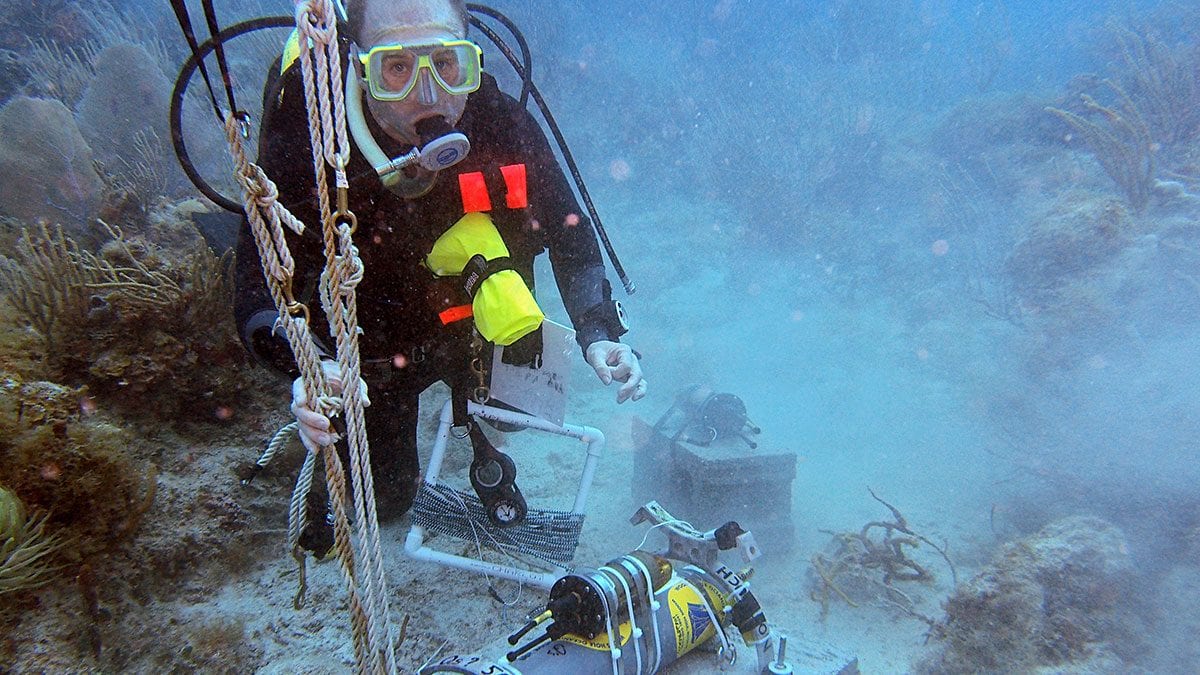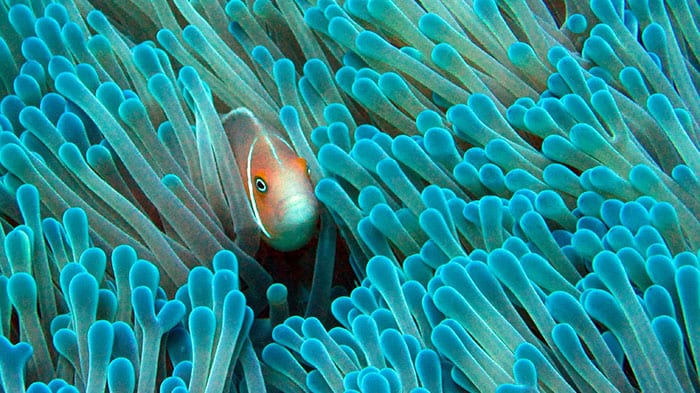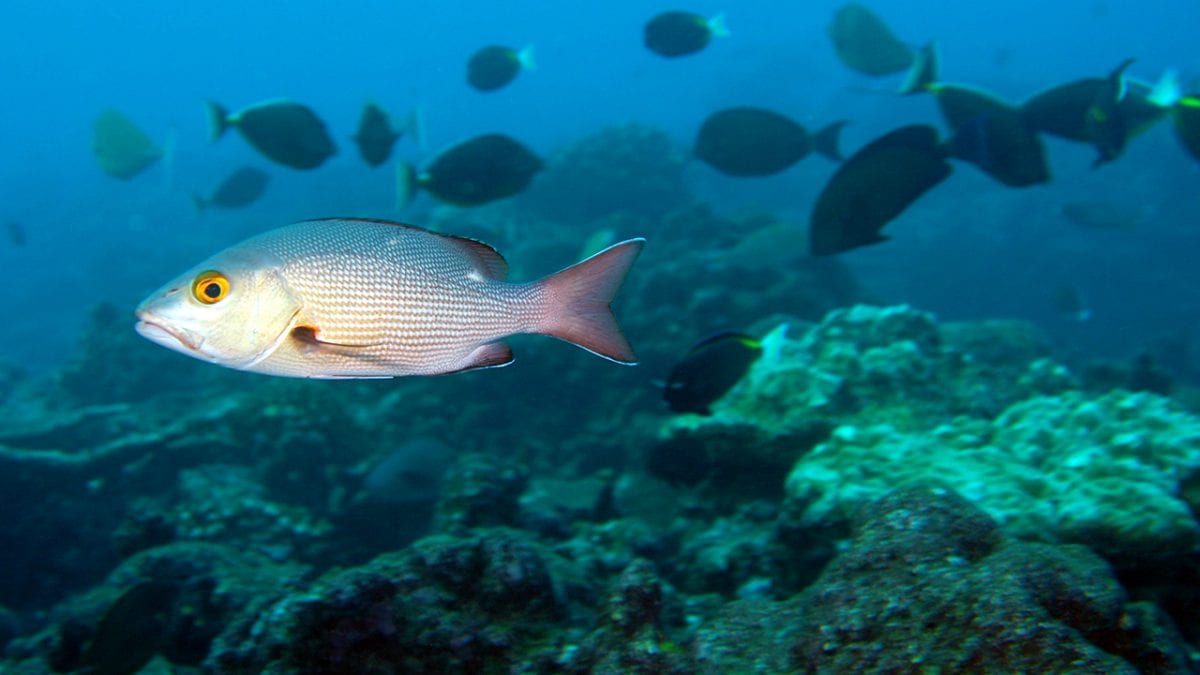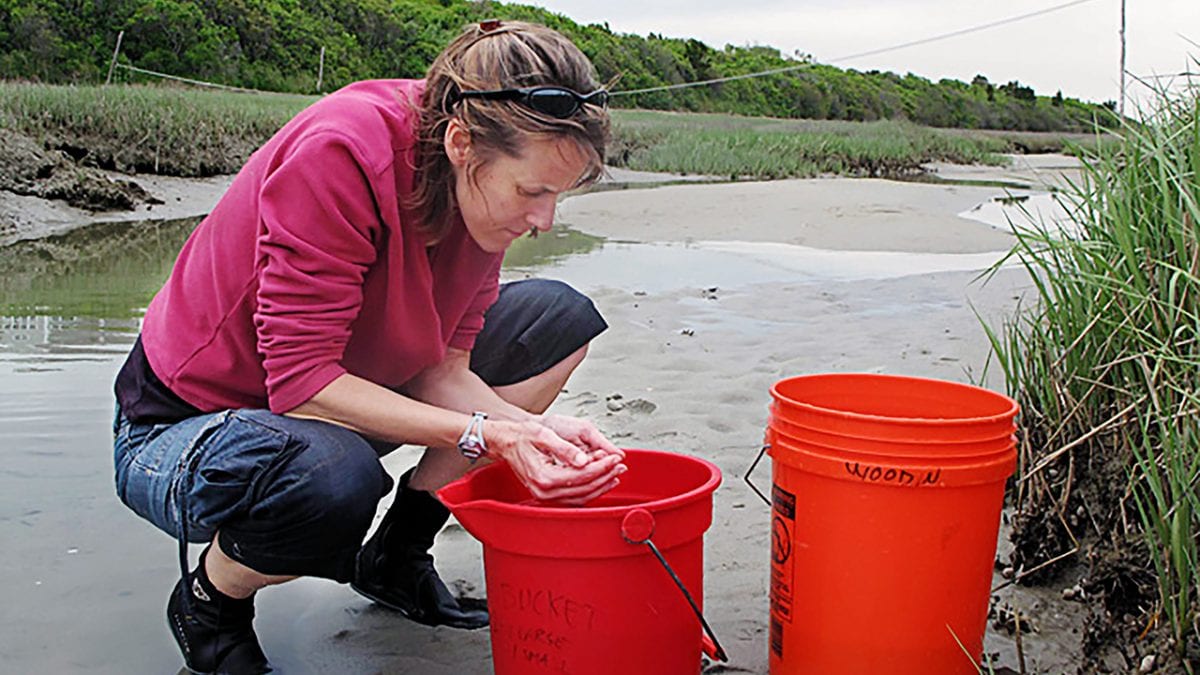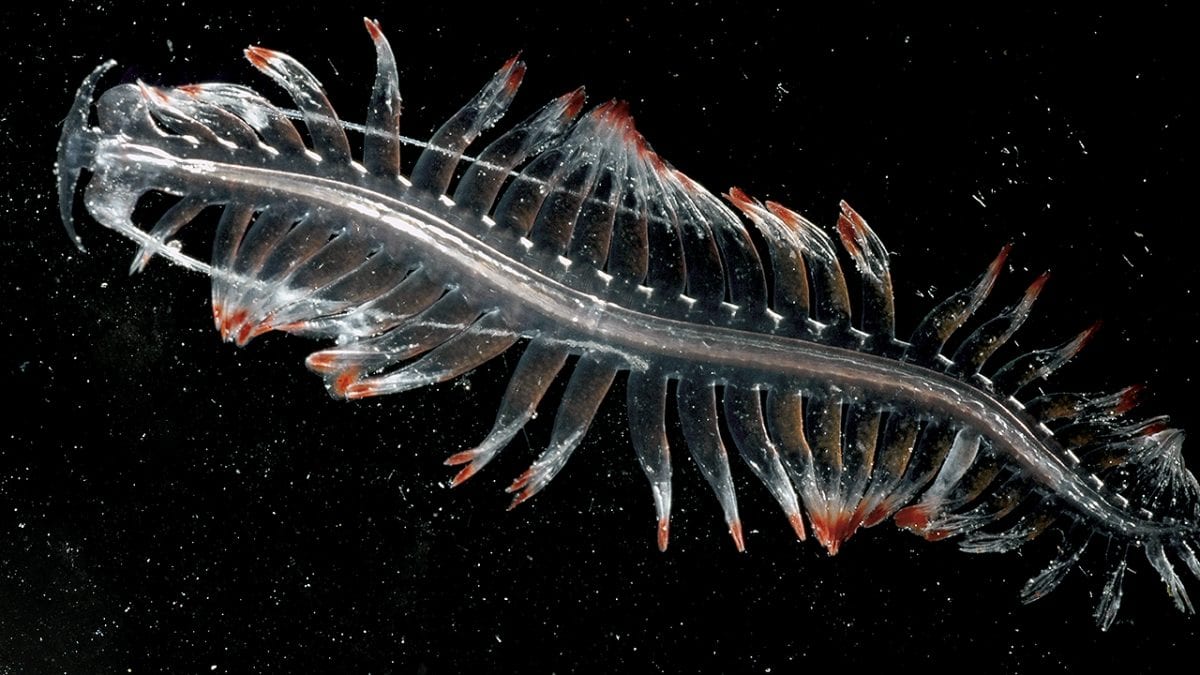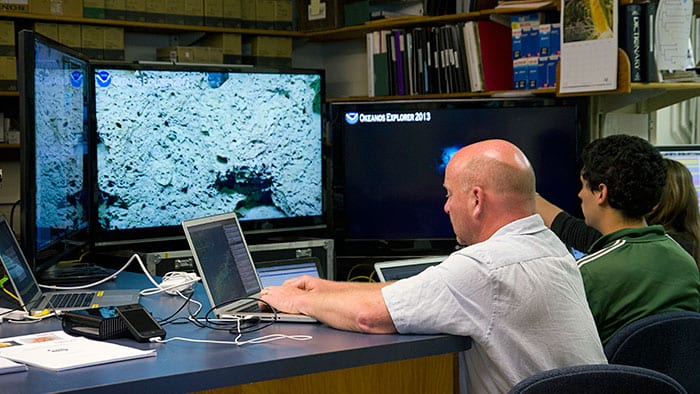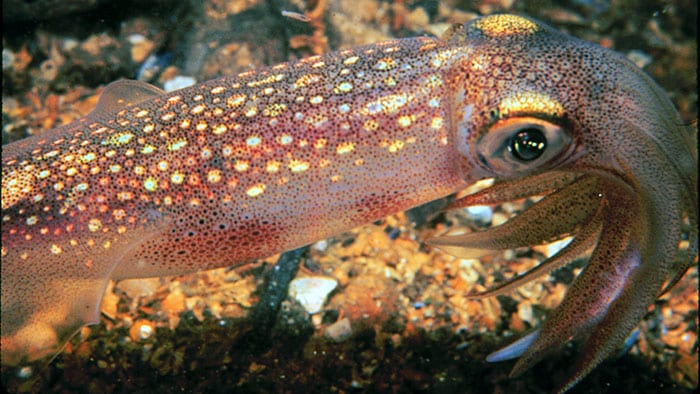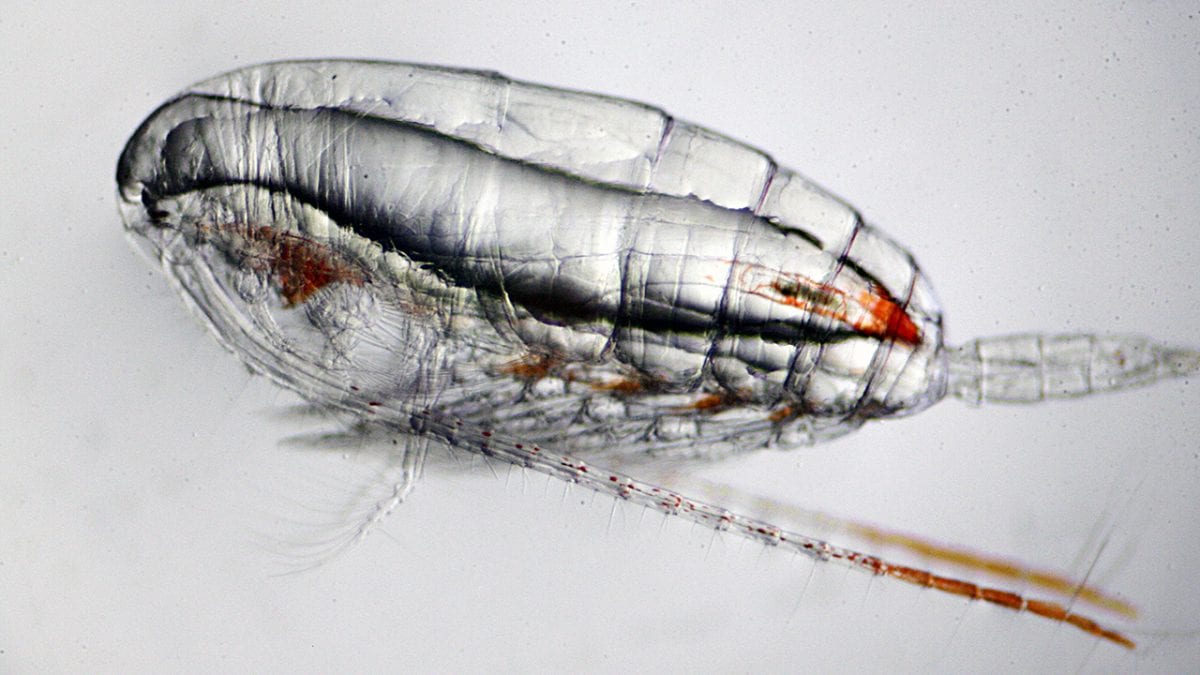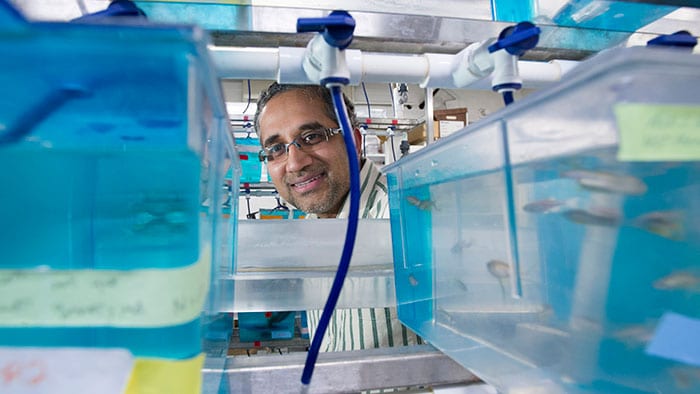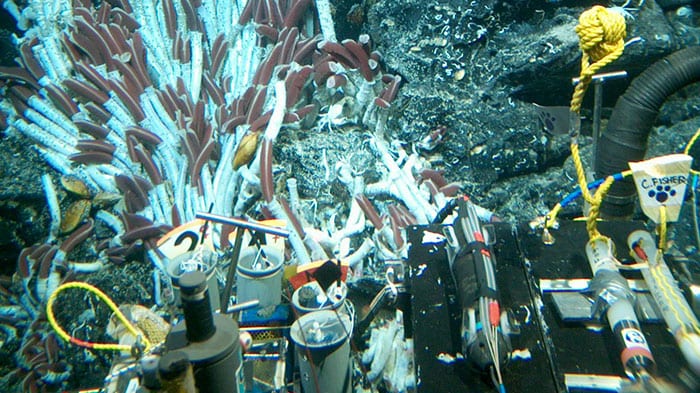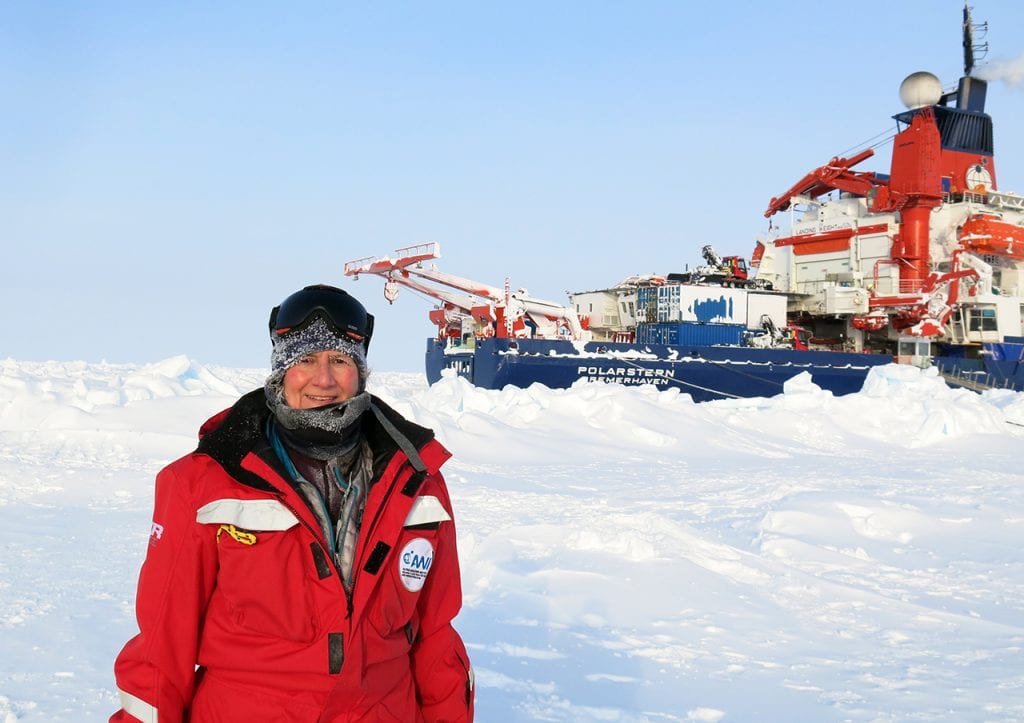Biology
Oceanic biology is extraordinarily complex because of the diversity of organisms that inhabit the seas, the wide range of environments they inhabit, and the varied and complex ways in which they interact with and contribute to essential global processes. Research in the Biology Department at WHOI encompasses a diversity of organisms, levels of biological organization, and approaches. WHOI biologists study organisms from the smallest scale (marine viruses, bacteria, and archaea) to the largest (whales). Department members address questions ranging from molecular and cellular processes to population structure and ecosystem function. Aspects of oceanic life are investigated using powerful techniques of molecular biology, biochemistry, cell biology, genomics, proteomics, sophisticated acoustic and optical methods, behavior, ocean informatics, and mathematical modeling of molecular processes and population dynamics.
WHOI biologists perform laboratory-based investigations as well as field studies in local Massachusetts and coastal New England waters and at sites around the globe (Polar Regions, Atlantic, Pacific and Indian Oceans; coastal, open water, and deep sea). Special strengths in the department include the ecology and physiology of microbes; bio-optical studies of phytoplankton; advanced optical and acoustic techniques for zooplankton distribution and behavior; the ecology, behavior, development, and genetic history of invertebrates; the behavior and distribution of marine larvae; fish ecology; mathematical analysis and computer modeling of life history, population dynamics and physical-biological interactions; toxicological and molecular biological research on pollution effects and adaptations; and acoustical, anatomical and behavioral studies of marine mammals.
More about the Biology Department:

